DjangoBooks.com
Welcome to our Community!
Categories
- 20K All Categories
- 1.1K General
- 476 Welcome
- 59 Archtop Eddy's Corner
- 146 CD, DVD, and Concert Reviews
- 384 FAQ
- 26 Gypsy Jazz Italia
- 26 Photos
- 202 Gypsy Picking
- 21 Unaccompanied Django
- 15 Pearl Django Play-Along Vol.1
- 17 Gypsy Fire
- 45 Gypsy Rhythm
- 1.4K Gypsy Jazz University - Get Educated
- 130 Gypsy Jazz 101
- 224 Repertoire
- 218 History
- 707 Technique
- 51 Licks and Patterns
- 6 Daniel Givone Manouche Guitare Method Users Group
- 20 Eddie Lang Club
- 1.3K Gypsy Jazz Gear
- 800 Guitars, Strings, Picks, Amps, Pickups and Other Accessories
- 457 Classifieds
- 49 Recording
- 62 Other Instruments
- 18 Violin
- 5 Mandolin
- 22 Accordion
- 7 Bass
- 10 Woodwinds
- 346 Gypsy Jazz Events
- 142 North America
- 109 Europe
- 95 International
In this Discussion
Who's Online (0)
Vintage Patenotte Grande Bouche
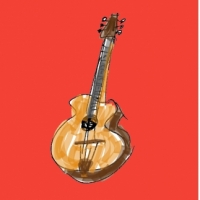 Willie
HamburgNew
Willie
HamburgNew
Karsten Schnoor http://www.karstenschnoor.com/ finally has finished the restauration of this Patenotte Grande Bouche. As there's no postal code on the label, the instrument should be built before 1965, when postal codes were introduced in France; Karsten thinks it is much older. He exchanged the bridge but left the tailpiece and the tuners. The neck had been twisted, Karsten applied 2 carbon rods, and a slightly radiussed new fretboard. He glued and fixed what was necessary but preserved the character of an obviously well used instrument. The guitar plays very good, is loud and has a solid bark. I fell in love with this old beauty when I held it in my hands yesterday, and although there is one more instrument hanging around at our rather small flat now (3 gypsy guitars, not talking about archtops and ukes and brass and reeds and flutes and ... OMG!), my wife appreciated the vintage sound when I introduced it to her, and agreed that there is a new unique voice of it's own right added to the collection.
Lots to do inspite the holidays: finally tackle the late tax declaration, revising arrangements for my children's wind band for the upcoming x-mas season, preparing puppet theatre material for preschool. But as soon as I find the time I will record something with the Patenotte.
Pics of the guitar before the restauration are here: https://www.djangobooks.com/forum/discussion/18142/other-european-guitars/p10
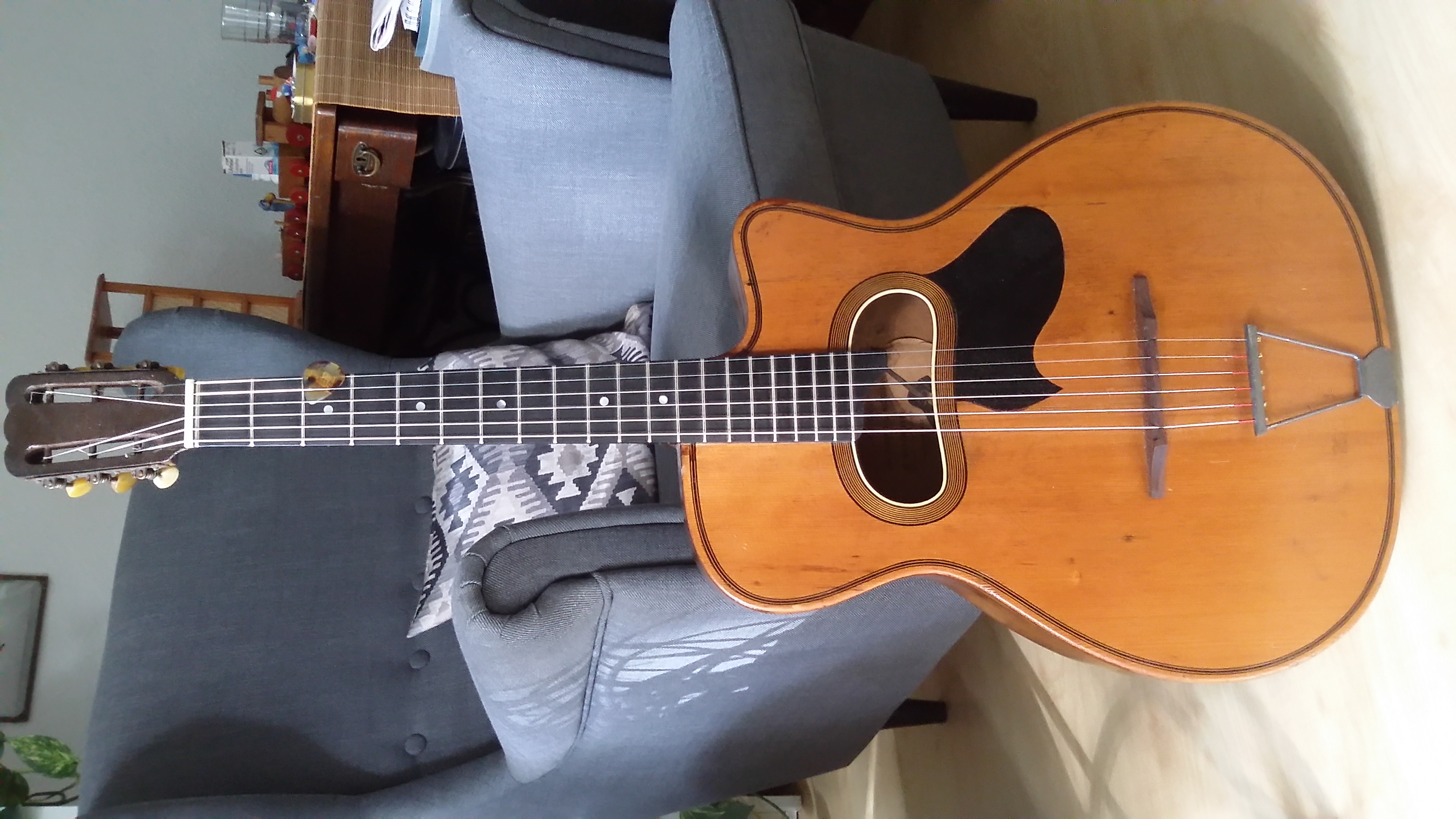
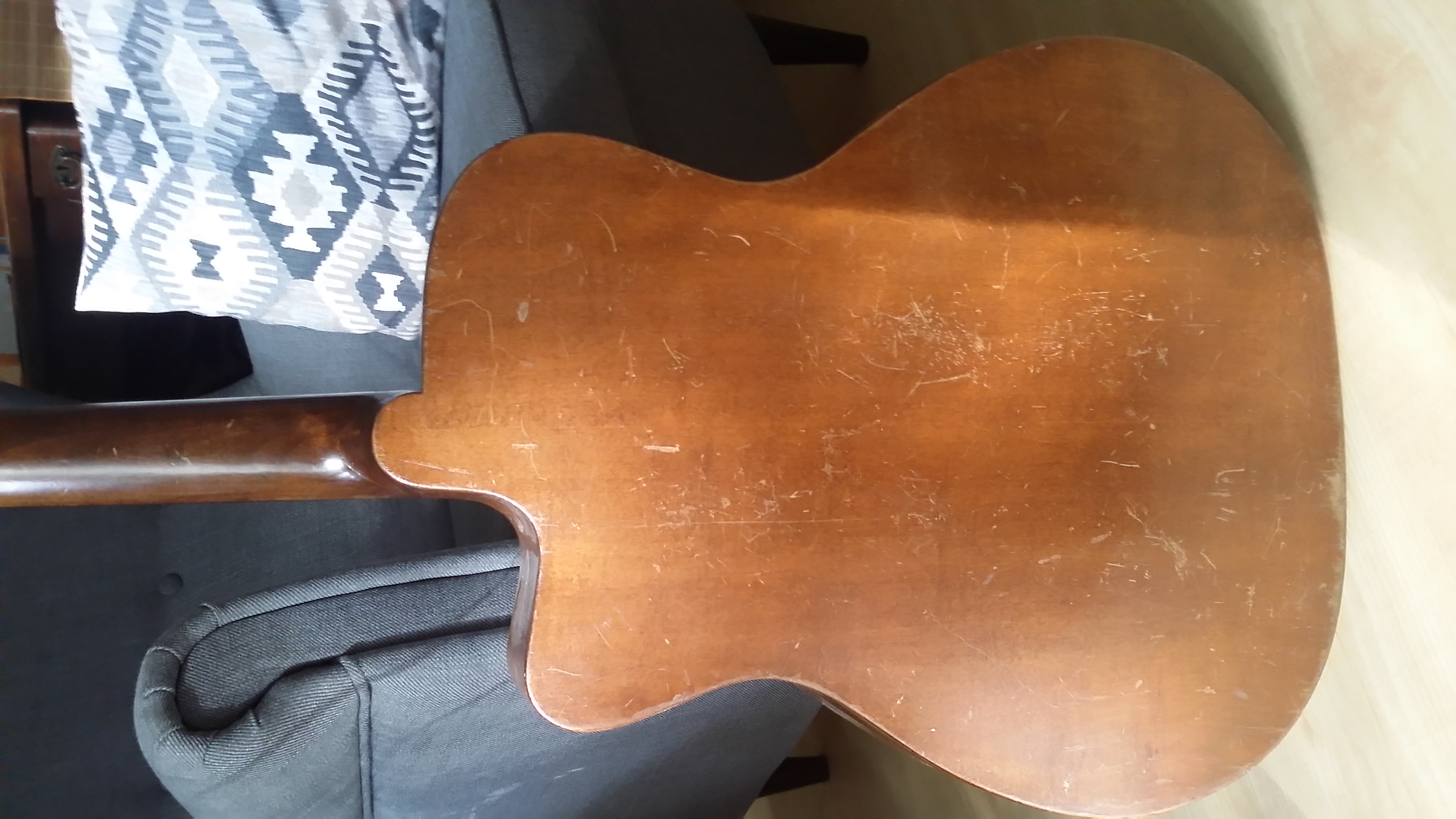
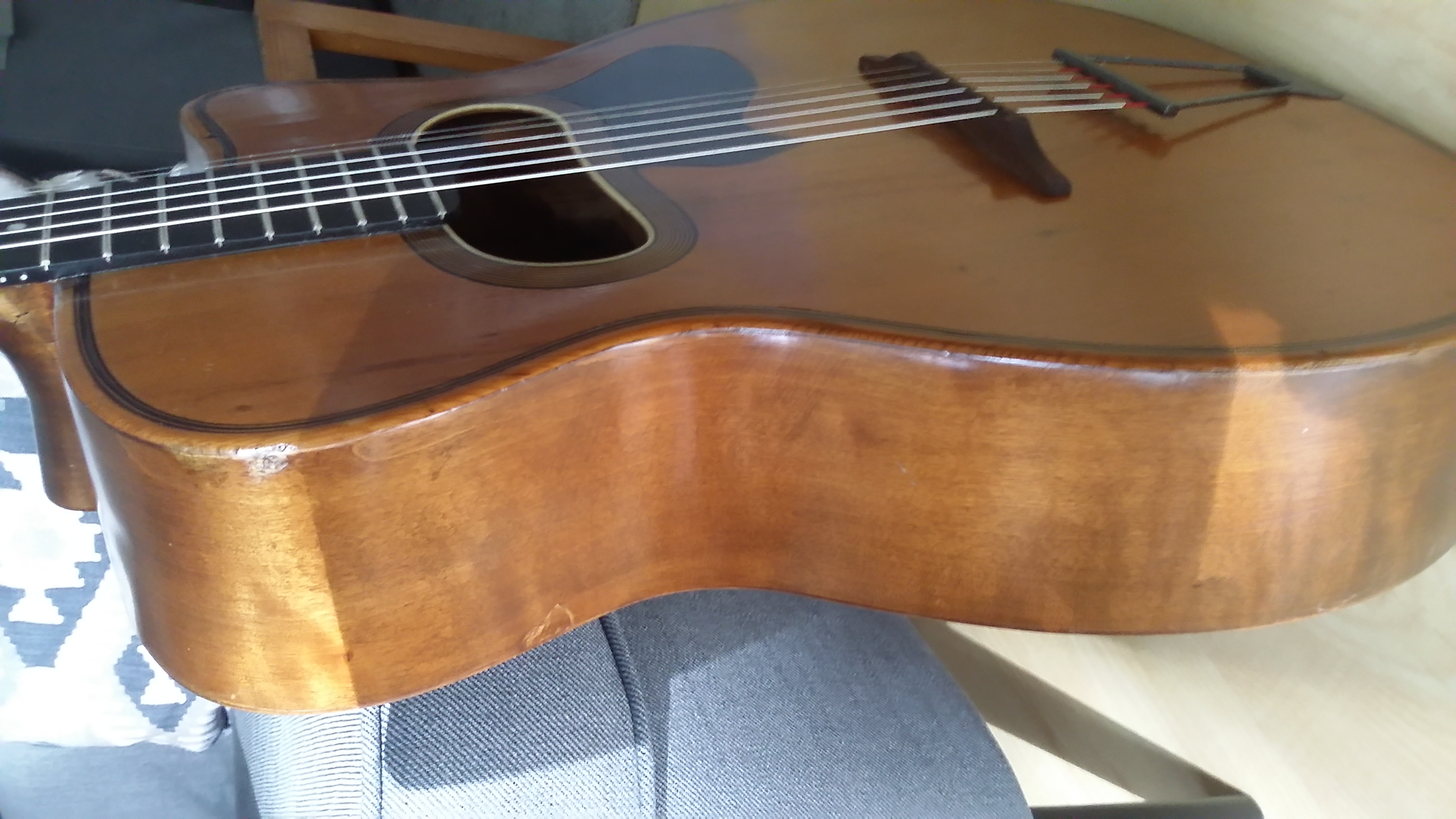
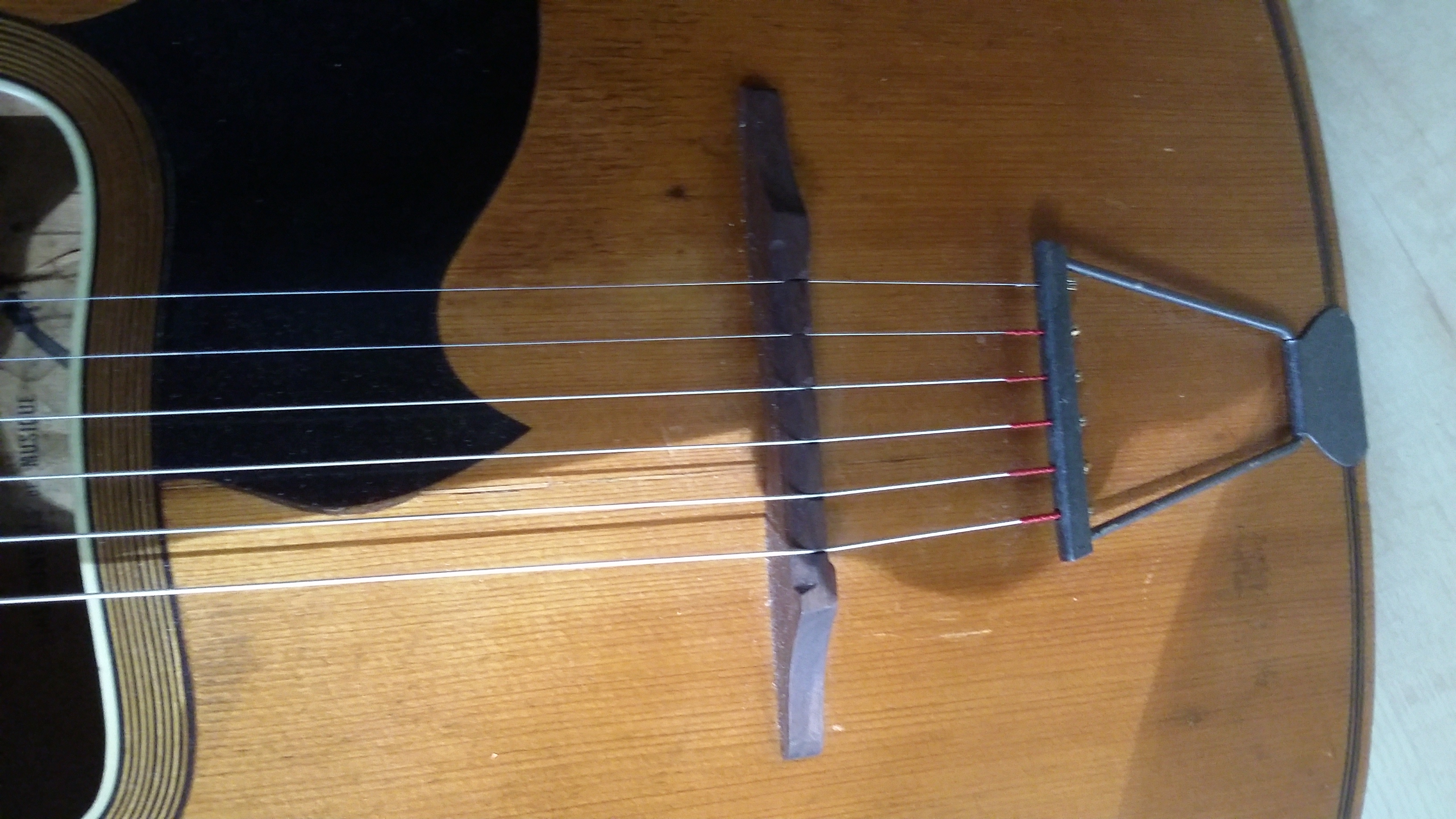


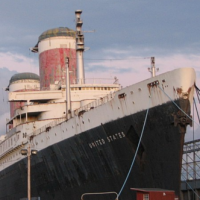
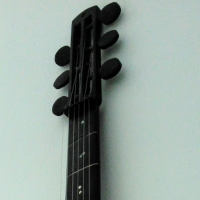
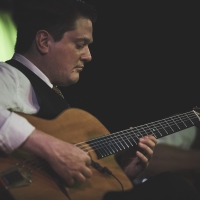









Comments
Looks great...would be good to hear it played! Enjoy!
It had your name stamped on it since the first time you told us about it. These bean hole guitars are one of the defining instruments of this genre. It's got a good home now.
Looks great, Willie. When you compare the before/after, it does seem like the new fretboard has more of a radius than the previous almost flat-looking fretboard. Also appears he has just applied some oil finish or something to some of the scrapes and scratches on the top to give it a cleaner look, without being too heavy handed. Nice to see the original hardware was salvageable and lends to the period look. Hard to say, but I don't really see evidence of the carbon fiber rods in the neck like you showed in the earlier picture below.
Enjoy it!
Looks great.
I see Mattaincourt is just 3 km from Mirecourt. The area seems to have a long history of lutherie.
I hope to visit some day and check out the Museum.
@BillDaCostaWilliams
@billyshakes
The fretboard indeed was flat before the restauration. The neck was what Karsten calls "lamb's tail".
Edit:
I confused two guitars; lamb's tail ment the neck of an old cheap archtop, twisted in two directions. The Patenotte neck just didn't withstand the pull of the strings and was bent forward. Karsten bent the neck back and put in the carbon rods to stabilize it.
For the top he used semi gloss spray, for the fretboard wood oil. The fretboard was made by Karsten.
I realize now as I look at it that the photo of the neck I re-posted was with the fretboard removed. I initially thought he inserted the rods through the back of the neck (as would be done when not removing the fretboard). That explains why the back of the neck looks unmolested (because it is!).
Nice guitar, Willie.
Very nice! Would love to hear/see it in action!
Looking good Willie! I see you use John Pearse picks. Me too
@Jangle_Jamie I use different picks for different guitars, from those expensive wood or horn picks to cheap plastic, depending on the situation: strumming some song at school, comping for a soloist, recording for this community ☺. The asymmetric John Pearse works good with the Patenotte; the Mystery and the Epiphone need an old ebony pick, the Altamira sounds best with a thick Hense - current state. Always experimenting and finding new picks. At the moment I love to try out Oud picks (rest stroke!) with my guitars. Different feeling and even different ideas.
I'm the same Willie - fat Dugain pick for some guitars, thinner for others, finger nail for my new guitarra. I'm always on the lookout for new picks. I've yet to try the Killy Nonis picks, but expect I'd get on very well.